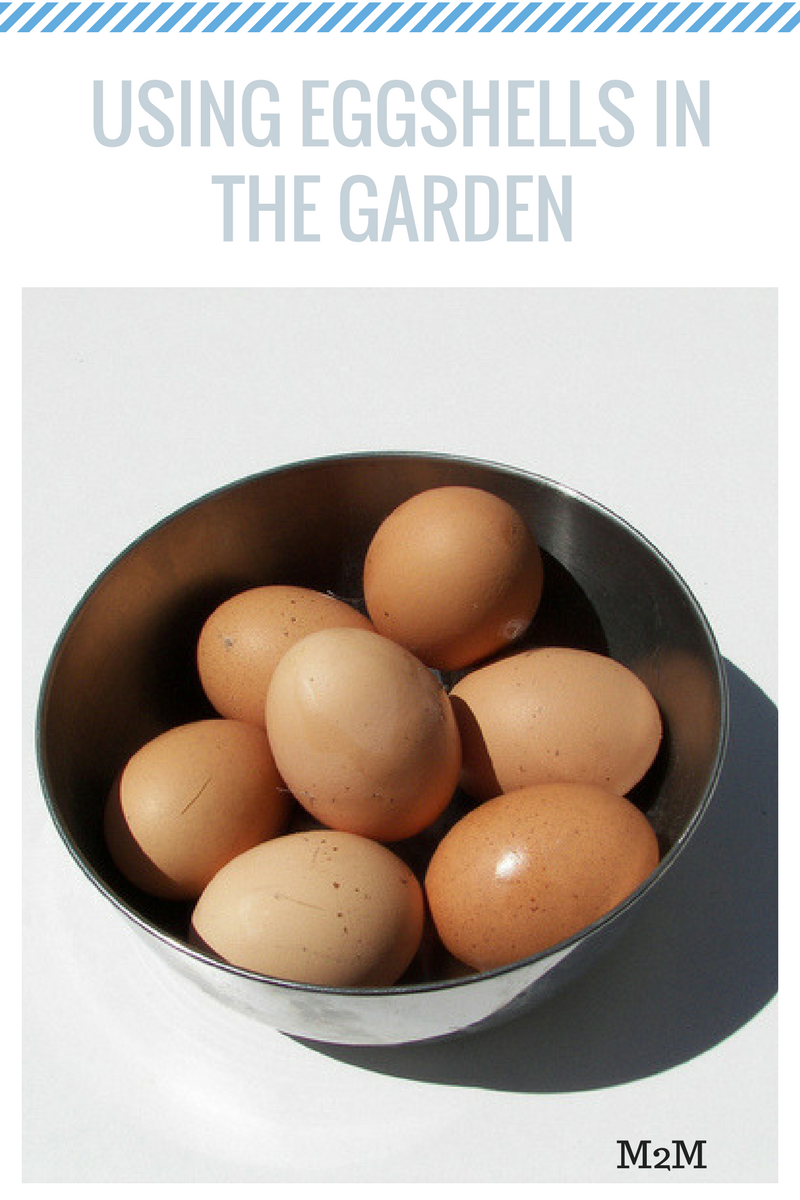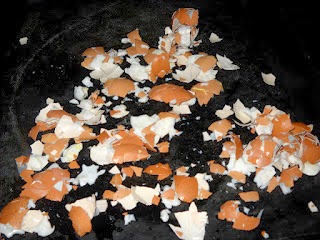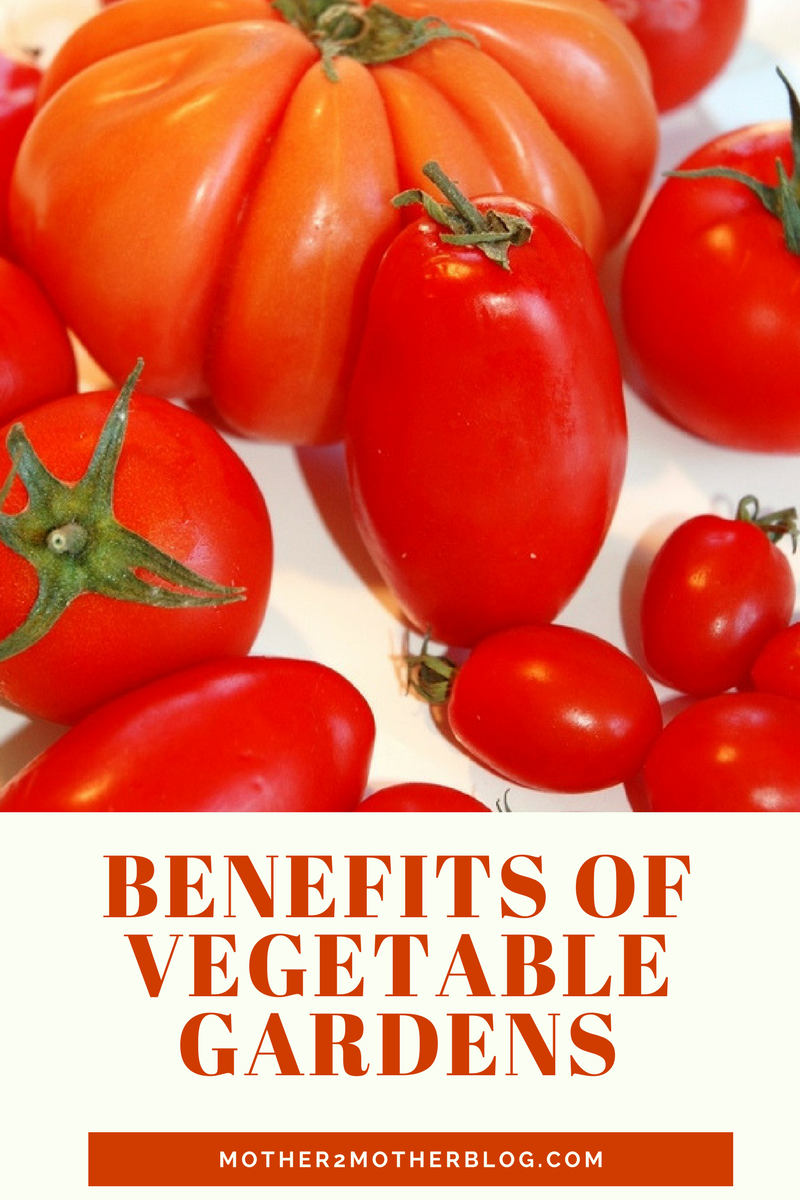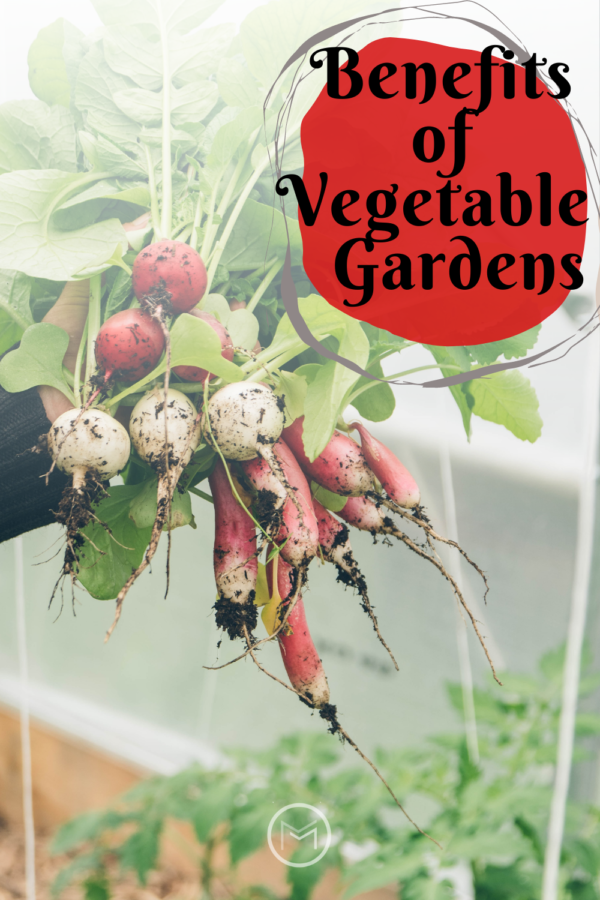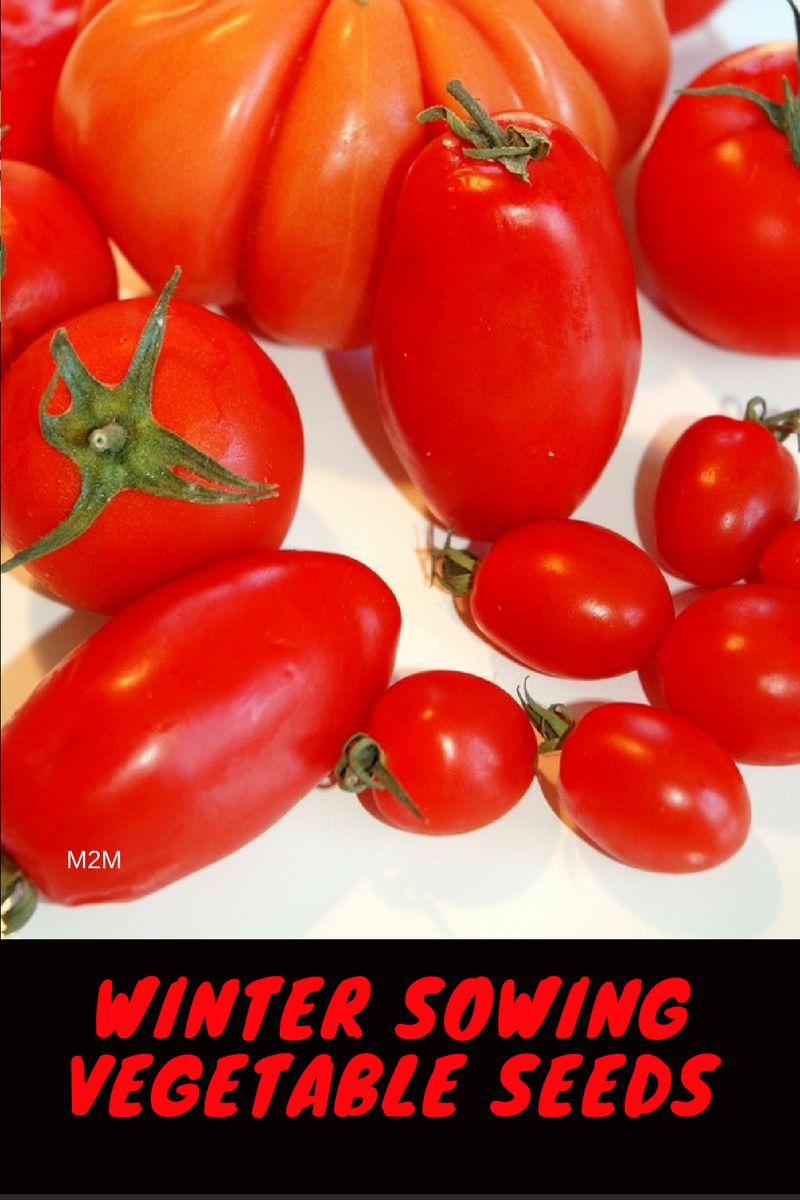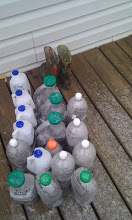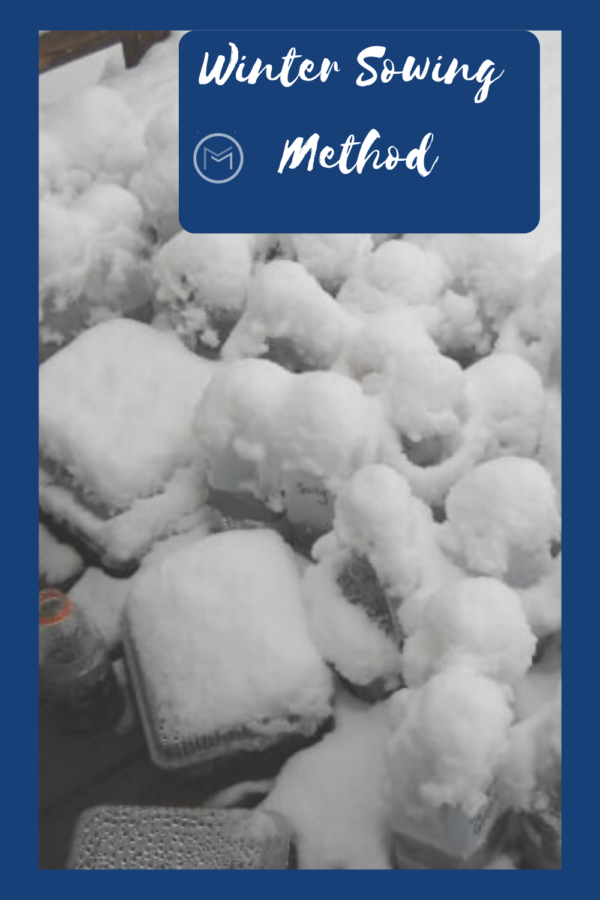I started c0mposting with 2 compost bins that I use for kitchen scraps, yard cuttings, grass etc. The compost bins weren’t breaking down fast enough for me, so I started composting my neighbor’s leaves. I’m not sure that I will return to the compost bins after seeing the results of the composted leaves. I love how the leaves break down and how fast they return black gold to me. The leaves are easier to compost, and they don’t require any work unlike the compost bins.
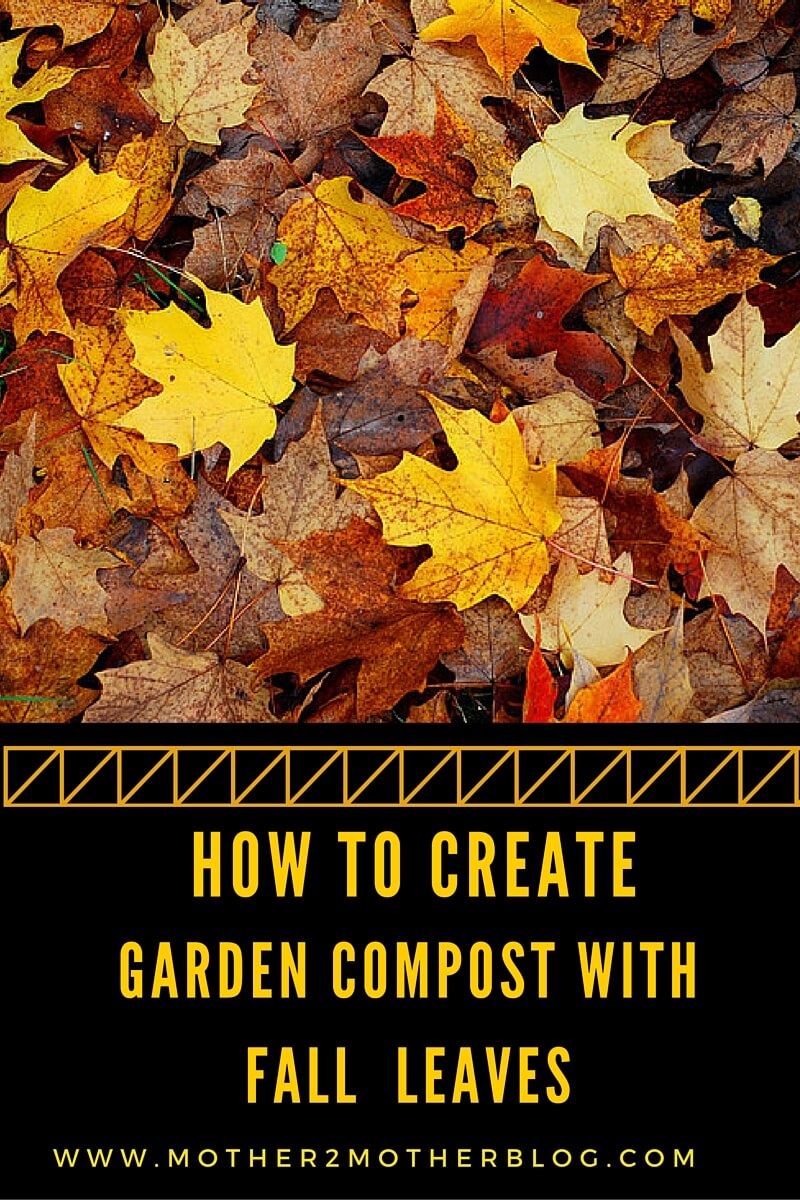
Composting leaves is simple, just leave the leaves in lawn bags and let them do their thing. My neighbor brings me 15 – 20 bags each fall. However, there are other uses for the leaves too. For example, the top picture is a bag that I use around my garden plants as mulch. This year I created paths in the garden to keep the weeds down with them. Normally I use straw, but I didn’t purchase any this year so I had to use my leaves.
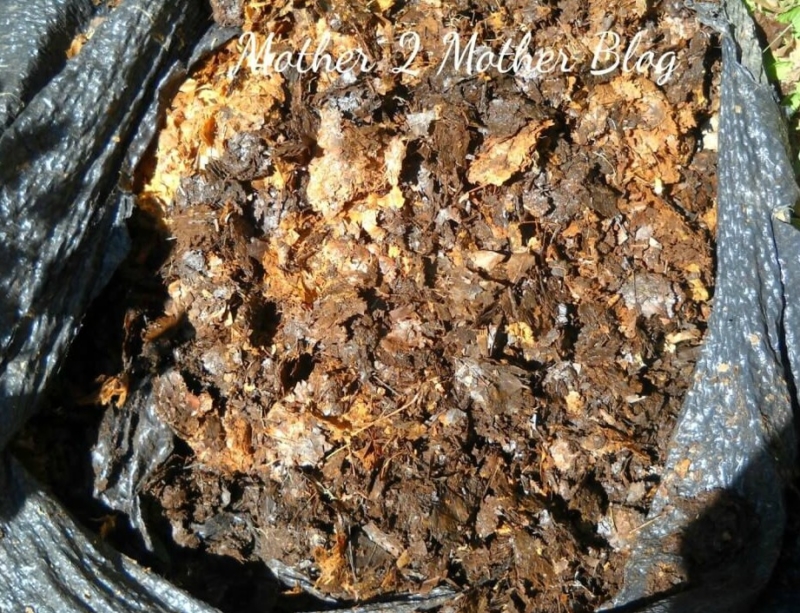
Tips for Composting Leaves for Beginners:
The picture below is a bag of leaves that have completely broken down into what gardeners call black gold. Every gardener wishes for black gold. This bag is beautiful and full of worms. It took a few years for the leaves to break down to this state, but it is so worth it. The compost in the bins isn’t close to being this rich. I must say that I have not given the bins the attention that they require.
Compost bins must be heated up by using a certain amount of greens and browns, such as cuttings from the lawn, leaves, kitchen scrapes, newspaper, etc. It also requires water and turning. My bags of leaves just require storage space, and nature does its thing. I hide my bags behind one of my storage buildings. The longer you leave them, the more they break down. I love composting tips for beginners that are easy. I thought you would feel the same.
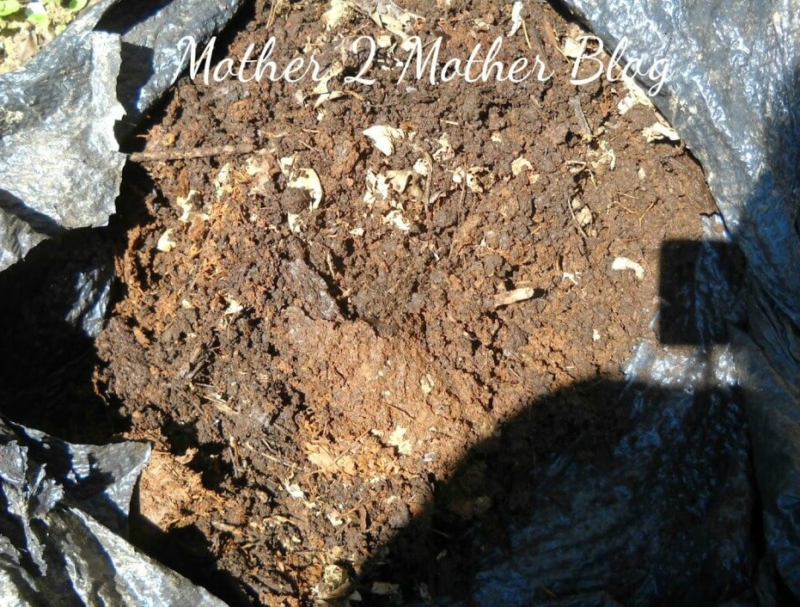
Composted leaves will enrich your soil and help produce beautiful flowers and vegetables. You can either till it into the garden or place a scoop into the hole before adding your plant. I also add a scoop around the base of my plants. Simply use a small hand trowel to place the compost around the plant. Most importantly, the compost is organic and it’s free.
So, once the leaves have been raked and bagged it’s time to do fall lawn care. Fall lawn care should include aerating the soil, fertilizing, over seeding and continuing weed control. Aerating the soil is important, especially if you intend to overseed your lawn. Aeration allows water, nutrients, and oxygen to get to the root of your lawn. As a result, it also allows seeds to touch the soil and receive water when you overseed.
